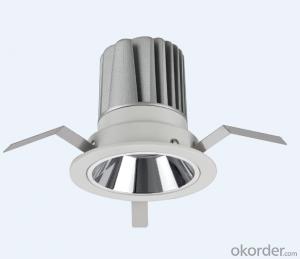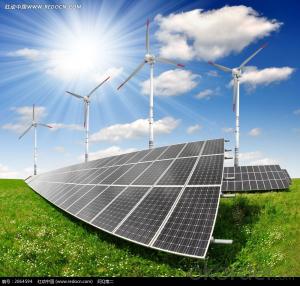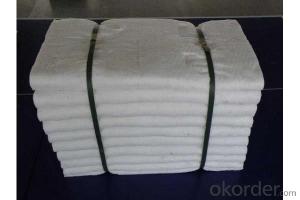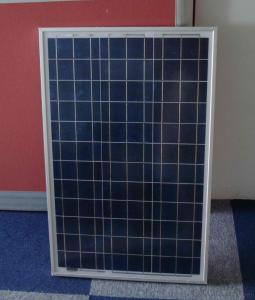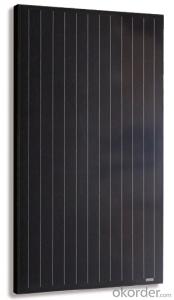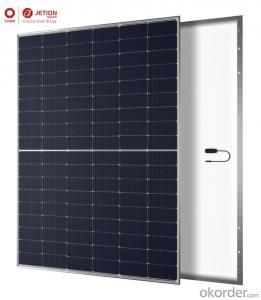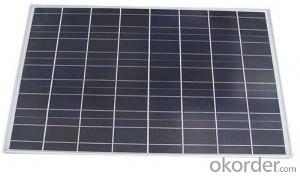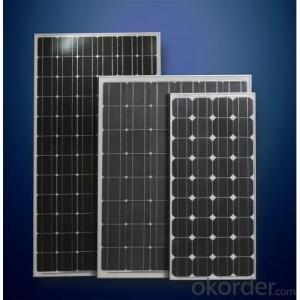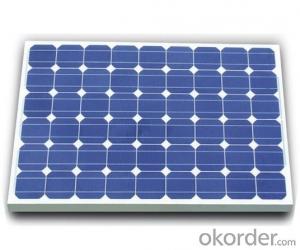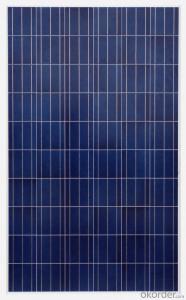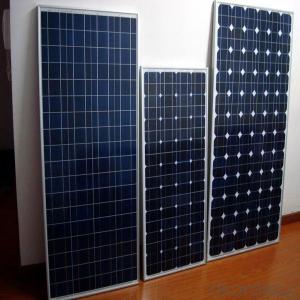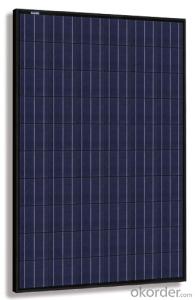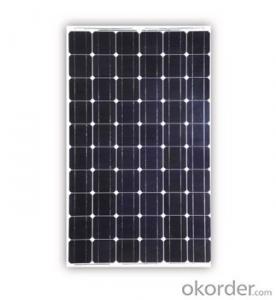Solar Module 400w
Solar Module 400w Related Searches
Bottom Solar Led Module Solar Light Module Solar Module Construction First Solar Series 6 Module Solar System Module Solar Power Management Module Solar Power Module Black Solar Module Bosch Solar Module C-Si M 60 Solar Battery Charger ModuleHot Searches
China Ac Module Solar Panel China Solar Ac Module China Solar Module Prices China Solar Module Solar Module China Ac Module Solar Panel Price Solar Inverter Panel Price Solar Panel Module Price Solar Module Wholesale Price Solar Module Price Per Watt First Solar Module Price Solar Module Price Increase Solar Module Price Solar Panel Inverter Size Solar Panel Module Size Solar Panel Inverter Suppliers Solar Panel Module Types Solar Inverter Solar Panel Tesla Solar Panel Inverter Solar Hot Water Collectors For SaleSolar Module 400w Supplier & Manufacturer from China
Okorder.com is a professional Solar Module 400w supplier & manufacturer, offers integrated one-stop services including real-time quoting and online cargo tracking. We are funded by CNBM Group, a Fortune 500 enterprise and the largest Solar Module 400w firm in China.Hot Products
FAQ
- I can't figure out how to charge a Ni Cd (BD 8V Firestorm) battery directly with a solar panel so I've come up with an alternative which might or might not work. I thought I would connect an inverter (I found a nice 400W for $30) to my trucks battery and plug the BD Firestorm battery charger into the inverter. Then I was thinking I could use a 5W solar panel to trickle charge the truck battery and keep it connected after the Ni Cd is charged to ensure the truck battery is topped off. The truck would not be running during this process. Will this solution work? Is there a better solution?
- Two of those solar panels connected in series will easily charge a 8V battery. I would not even be concerned about over voltage the solar cells will have plenty of internal resistance.
- I want to buy a solar panel kit to run my central AC unit. it is a 3 ton unit. Can I do this? The electric rates in the Chicago area are skyrocketing and I can't keep paying 350 dollar electric bills during the spring and summer months
- I know that in Texas we wouldn't even try to run an air-conditioner on a generator without at least a 6,000 watt generator and we would prefer a 0,000 watt generator. The calculator on the Kohler website says it'll be 7,500 watts. At $5 per watt to install a solar photovoltaic system and assuming you also need to run it through the night and taking into account that an inverter can be as bad as 60% efficient, you're talking about $87,500 just to run your AC for 25 years. The first step in going solar is to significantly reduce your energy use. You're not going to maintain your current energy use on solar, at least not cost effectively. If you did want to run an AC on solar power, you may want to look at absorption air conditioning and use evacuated tube solar thermal collectors instead but don't expect it to be cheap and it usually only augments the use of natural gas in the absorption chiller.
- I was thinking of having some installed on our rooftop and was wondering if it would be worth the cost? The house is located in Sac, Cali. The panels would face the sun 2 months out of the year and in the summer roughly 4 hours of straight sun.
- Solar is too expensive system. It is relatively new. Everything new is top dollar. When the market gets flooded the cost will dramatically go down as everything like cell phones, computers etc.
- I'm doing a science fair experiment with a tiny two-inch solar panel that only gives off like .5 volts of energy, but I need to know how many volts an average sized solar panel (like one you'd get to run your house) would produce. And how many panels do people usually get?
- 2 volt and 24 volt are both common sizes. They are rated in voltage and watts. So you add the watts of the panels and buy enough to produce the amount of watts you need. For example, if you need 400 watts of power at 2 volts, you would buy four 00 watt 2 volt panels and connect them in parallel.
- Yes, solar panels can be used for powering agricultural equipment. Solar energy can be harnessed and converted into electricity through photovoltaic cells in solar panels. This electricity can then be used to power various agricultural equipment such as water pumps, irrigation systems, electric fences, and even machinery like tractors and harvesters. Solar-powered agricultural equipment offers a sustainable and cost-effective alternative to traditional fossil fuel-powered machinery, reducing both carbon emissions and operating costs for farmers.
- I'm very interested in how solar panels work. I understand the bigger picture of how it can be used for solar heating or as a generator, but I'm lost at the smaller details. Things like: - Could my computer work on solar? It has a 900 watt power supply (this is excluding monitor/speakers) - if a panel is for example, a 60 watt panel, does this mean it will pump 60 watts a second into a battery? - Does solar heating make the water electrified?
- Solar water heating is low technology. There are do it your self plans for it all over the internet. There is no electricity involved. Simply laying a garden hose on the ground in the hot Sun can heat the water to really high temperatures. Just have a shutoff nozzle on the hose, turn on the tap and open the nozzle until water comes out and then close the nozzle at the end of the hose. Let the hose full of water sit in the sun for an hour or so and then open the nozzle and feel how hot the water is that comes out. Be careful, because it can be so hot you can get a burn! When the gallon or so that can fit in the hose has all come out and is replaced by other water from the tap, it will feel cold again. Close the nozzle and wait another hour to heat it up again. A solar hot water heater is just a very long coil of pipe in the Sun, maybe with a pump to slowly circulate water from a holding tank so you can make and store more hot water that fits in the hose. Solar electric power is completely different. It uses semiconductor devices called solar cells to make electricity directly from light. Many of solar cells are usually arranged into large panels to make larger amounts of power. In electricity, Watts = Volts * Amps. Battery capacity is usually measured in Amp-hours. Small solar panels are often designed to produce electricity at 2 volts. A 60 Watt, 2 volt panel makes 5 Amps of electric current, because 2*5=60. So if you use it to charge a 2 volt battery with a capacity of 5 Amp-hours it will take hour to charge. A 0 Amp-hour battery would take 2 hours to charge with the same panel.
- My house is aligned exactly North-South, so I have no roof facing South. Is it worth installing solar panels? Are there any good options for dealing with this situation?
- Depends how much sun you get. Even if you don't face south, you could still be able to harvest a lot of energy from the sun. You could install panels transversely so they face south to increase sun exposure, but this might not look so nice. Or you could move your house to the Southern hemisphere, when your solar panels should face north. Or install miniature windmills on your roof instead.
- Solar panels can have both positive and negative impacts on the aesthetics of a building. While some may argue that solar panels can detract from the visual appeal of a structure, advancements in technology have made them more visually pleasing and integrated with the overall design. Additionally, the eco-friendly nature of solar panels can enhance the building's reputation and sustainability image, which can be seen as a positive aesthetic impact. Ultimately, the perception of how solar panels impact the aesthetics of a building may vary depending on personal preferences and the design of the installation.



